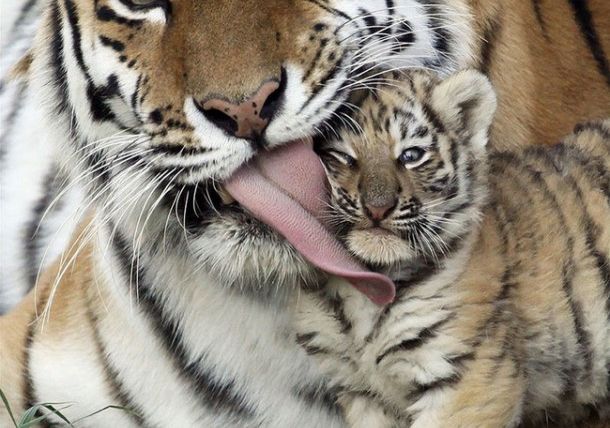Last week I wrote to you about the decline in the rate of loss of bumblebees last year. Still a loss and a big one but just not as steep as it has been. Here’s the back story of how badly the bumblebee population is doing. It’s a very disturbing phenomenon.
“A federal review of existing data unveils an alarming trend for the Western bumblebee population, which has seen its numbers dwindle by as much as 93% in the last two decades.”
“”They contribute a lot of money in terms of pollination services for our food crops,” she said. “Seventy to 80% of flowering plants and crops are pollinated by animals overall. Pollination contributes to $20 billion in agriculture in the United States.””
“There are multiple factors at play that are contributing to the demise of the bumblebee, including pesticides, habitat fragmentation, a warming climate and pathogens, researchers say…
“There is also climate change and how that has affected the distribution of the bee. Agrichemicals are also part of the stress issue.””
The article concludes with a recommendation on how we as individuals can help. In fact, I have recently had to re-landscape a sizable portion of our property and have planted a variety of plants designed to attract and feed pollinators and it has worked. We are seeing quite a lot of bumblebees and monarch butterflies (due to the milkweed plants which is all that they eat) because of the new garden that we now have. It’s easy to do and a great way to be part of the solution: a way that you can personally do something to help heal our sick planet.
“people can plant bee-friendly vegetation to encourage their presence around homes.
“Planting for bumblebees, or all bees, is really important,” she said. “One of the major issues facing pollinators is lack of floral resources.””
Dramatic Decline Found in Western Bumblebee Populations
Monday, July 27, 2020
Amy Joi O’Donoghue, Deseret News, via Associated Press
The find by the U.S. Geological Survey will help inform a species status assessment to begin this fall by the U.S. Fish and Wildlife Service, which may ultimately add the insect to its endangered species list.
Tabitha Graves, senior author of the study and a research ecologist with the survey, said the trend with the western bumblebee documented between 1998 and 2018 is troubling because of their important role as pollinators.
“They contribute a lot of money in terms of pollination services for our food crops,” she said. “Seventy to 80% of flowering plants and crops are pollinated by animals overall. Pollination contributes to $20 billion in agriculture in the United States.”
Bumblebees also pollinate plants in the wild, such as huckleberries, which are a staple food source for bears.
There are multiple factors at play that are contributing to the demise of the bumblebee, including pesticides, habitat fragmentation, a warming climate and pathogens, researchers say.
“People started to notice these declines in the 1990s. This bumblebee that was once very widespread and common is something that people started to see less frequently,” said Diana Cox-Foster, research leader and location coordinator at the U.S. Department of Agriculture’s Pollinating Insects Research Unit at Utah State University.
“There are localized populations where it is still happy and healthy, but there have been declines in large parts of its previous distributions. … Asking why these declines are happening is very important.”
There are concerns that other species of bumblebees used in commercial pollination are spreading pathogens to the western bumblebee, Cox-Foster added.
“The role of pests and pathogens is of particular concern,” she said. “There is also climate change and how that has affected the distribution of the bee. Agrichemicals are also part of the stress issue.”
Graves said the research doesn’t point to one conclusive cause for the decline, which will be the focus of another research effort to better quantify particular threats.
“We have a sample design and have identified where we have gaps in knowledge,” Graves said. “There are a lot of places in western North America where we have not done sampling for bumblebees for a long time. We need to support this kind of monitoring and research.”
To that end, residents can get in on the action by downloading an app at bumblebeewatch.org and documenting what bumblebees they may come across. There have been an estimated 14,000 submissions from all 49 states where bumblebees occur.



